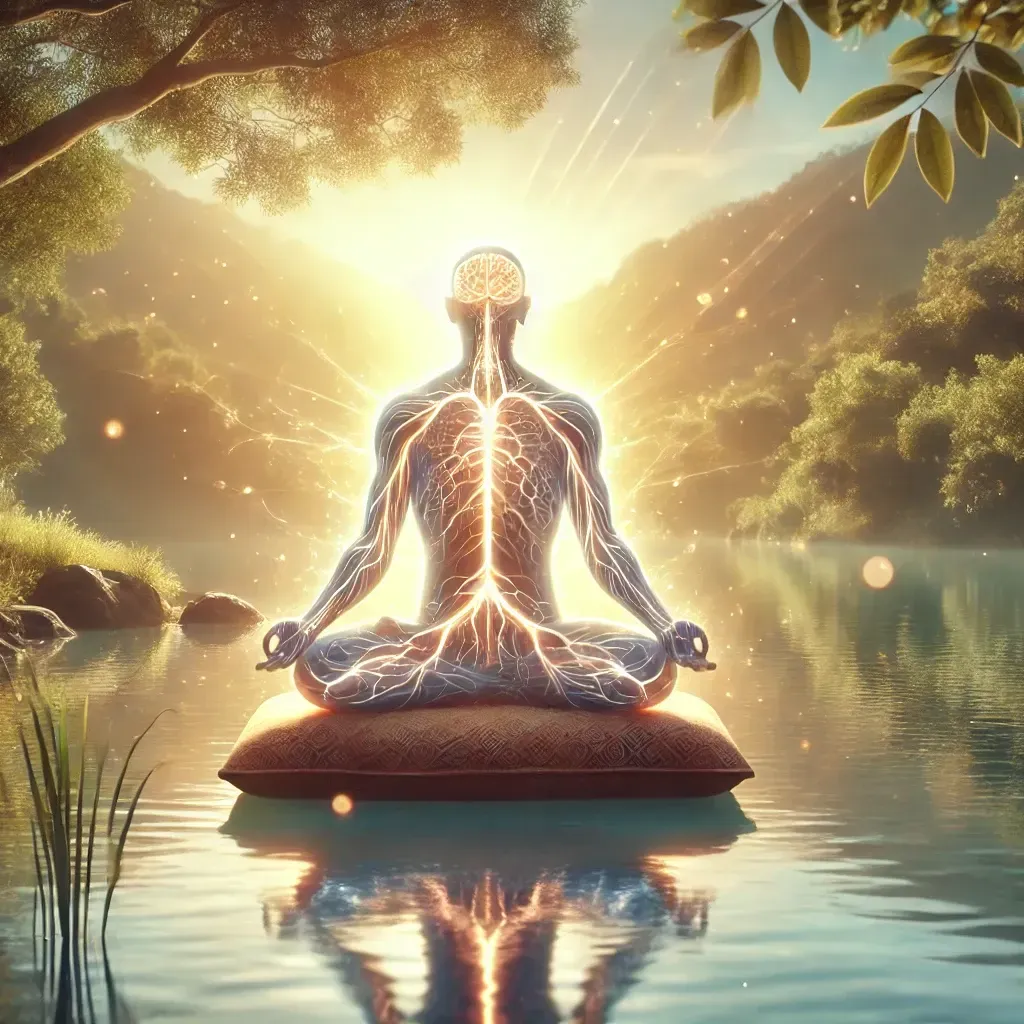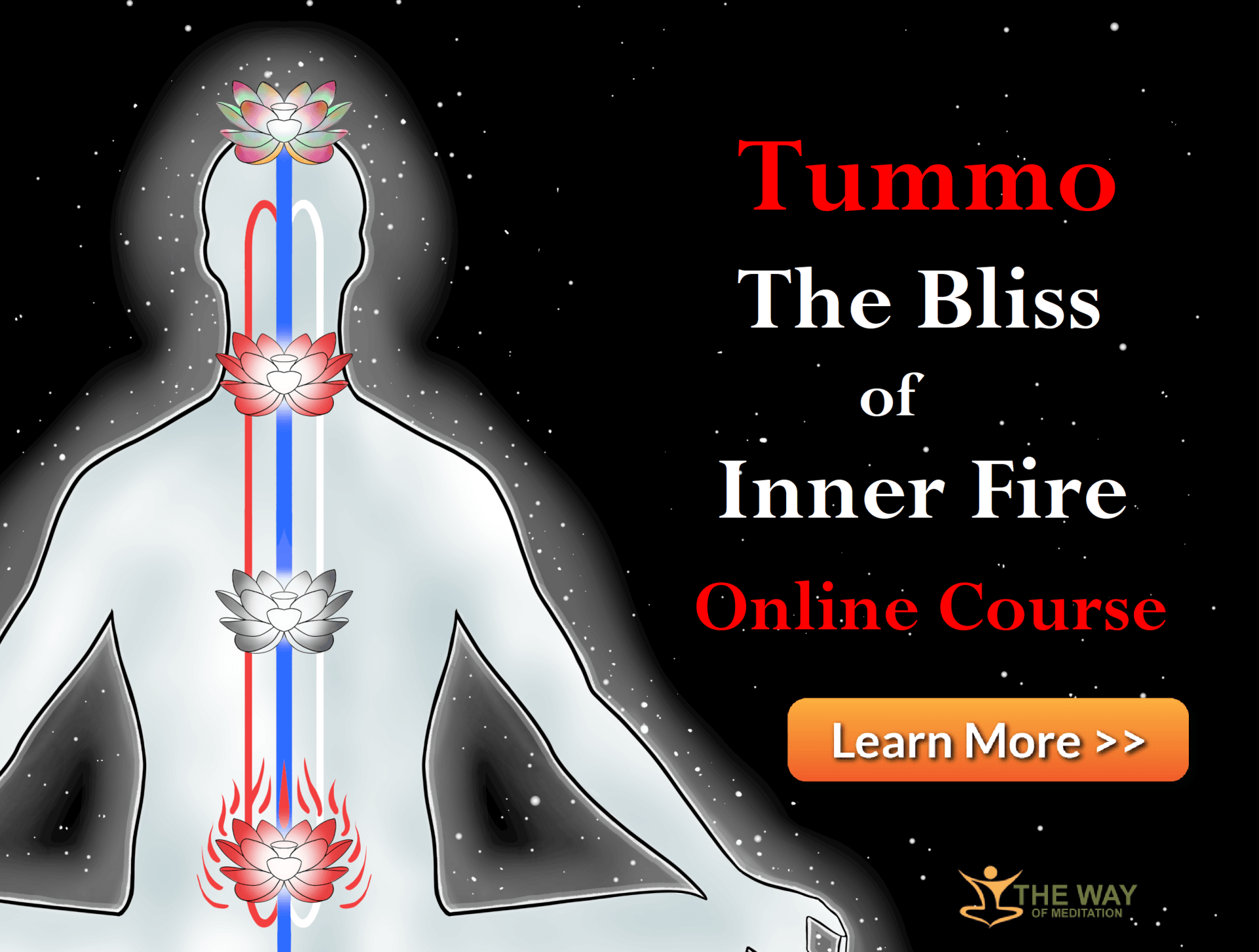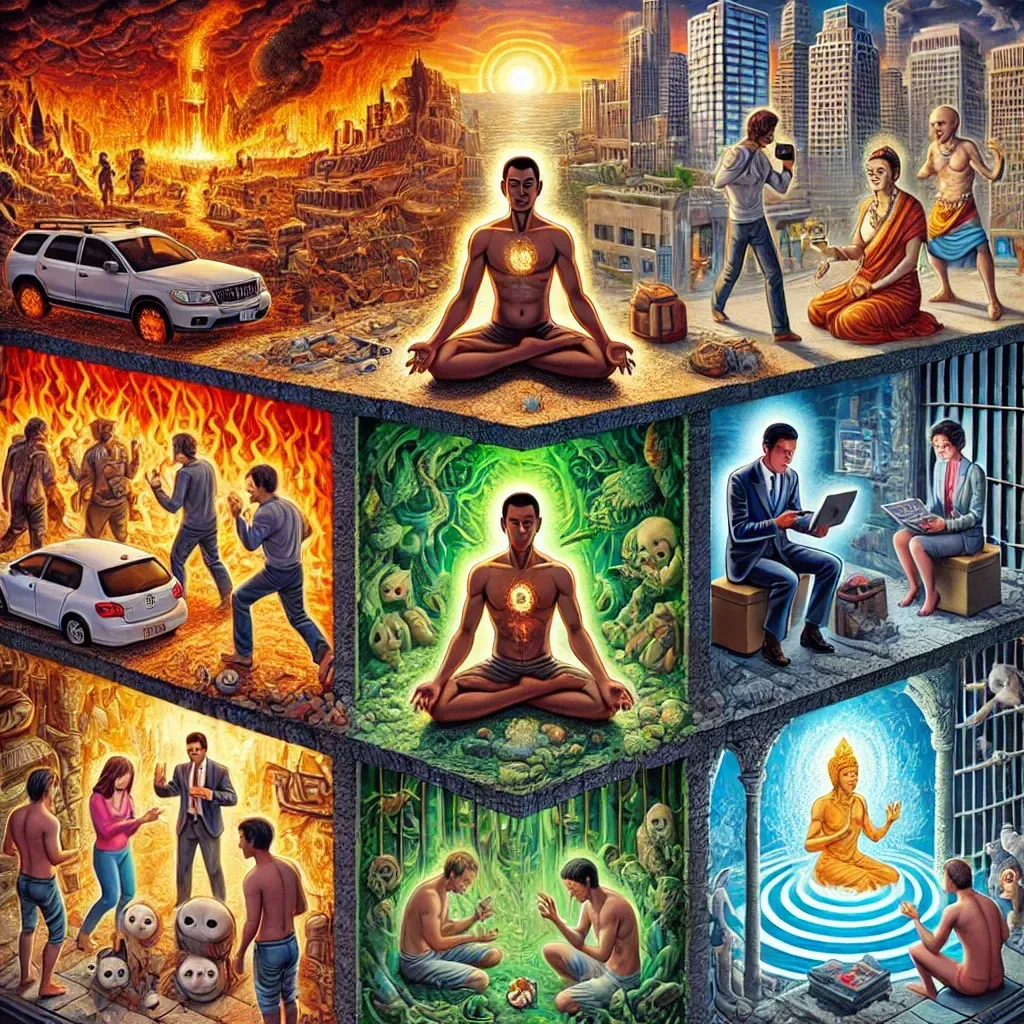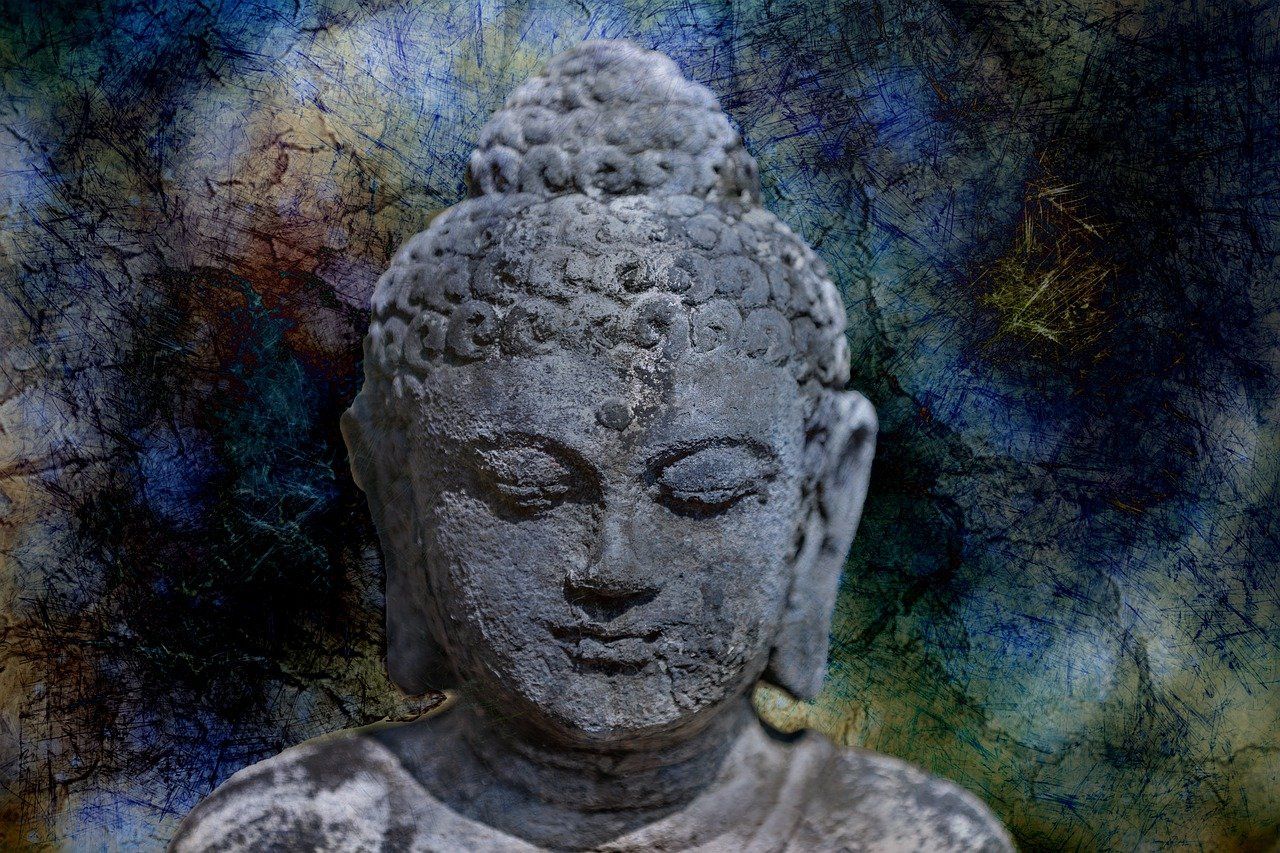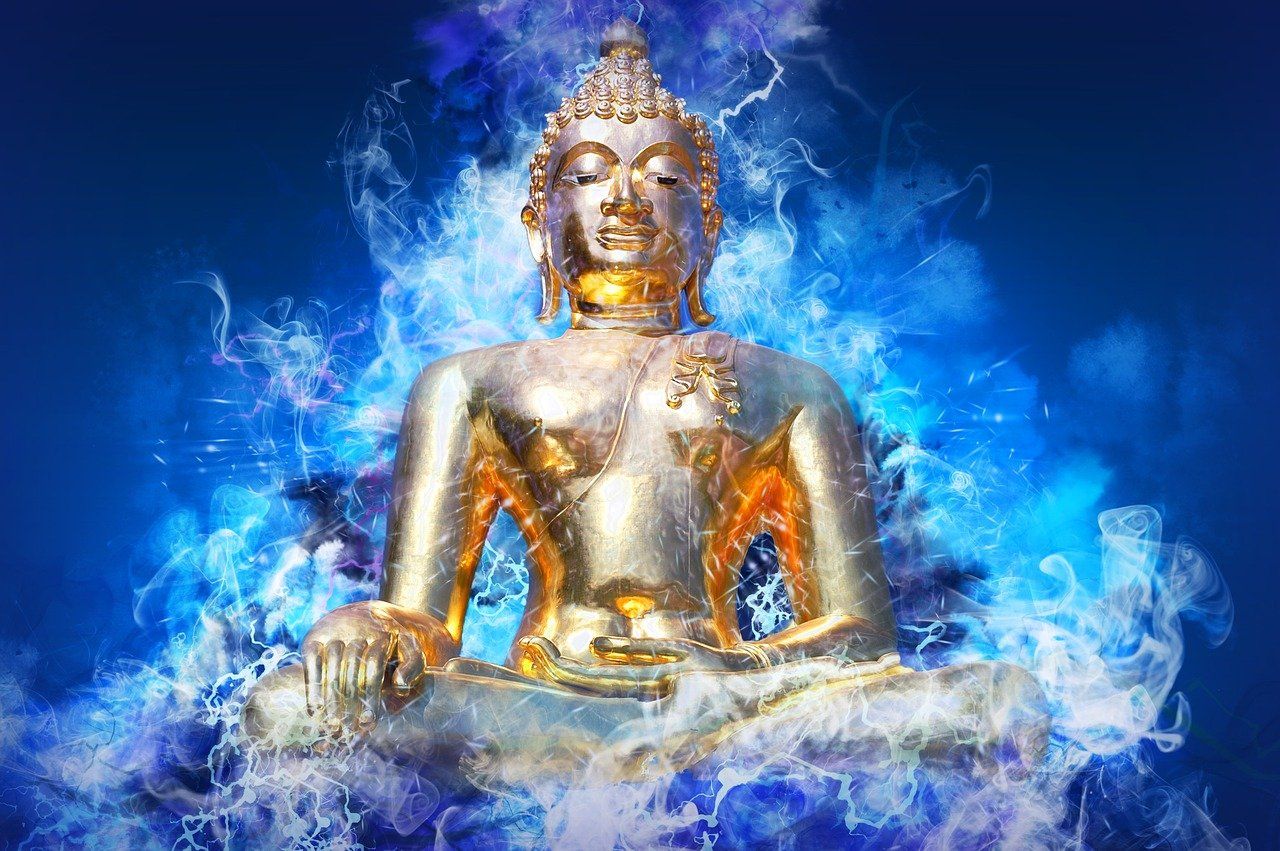7 Ways To Stop Leaking & Losing Your Spiritual Energy
Leaking Spiritual Energy
In the yoga tradition we encounter a fascinating metaphor: it is said that the milk of a lioness is so potent that no container can hold it except for pure gold. If the golden vessel has impurities, the milk will eat through the vessel like acid at those points, and drain away. In the same way, if the practitioner has too many energy leaks then the spiritual energy ( shakti ) that is generated through yogic practice will simply leak away again.
Have you ever been to a yoga retreat or meditation weekend that was so inspiring and empowering that you felt sure your life was going to change radically, only to find within days or weeks of returning home that all that extra juice had seeped away, returning you to much the same default state you had before the retreat? If so, you’re not alone. This is a very common experience. Because energy leaks.
Once you know what the main energy leaks are, you can set about plugging them. If you manage to plug most of them, you will experience something astonishing: the very same yogic practices you’ve been doing all along now seem to generate much more power, energy, prāṇa. In fact, they’re not generating more, you’re just not leaking it away.
Systematically addressing these ‘leaks’ shifts the playing field of spiritual practice radically. Of course, it can take time to address them — but it’s time and effort well-spent, that repays its investment more generously than you might imagine.
So, what are the most common energy leaks? The list below follows one created by Śākta-Śaiva Tantrik teacher Dharmabodhi . I offer here my own short explanation of each major energy leak.
1. Exhaustion due to overdoing/multi-tasking
Easily the most common energy leak in today’s society, overdoing means having a plate that is too full, leaving little time for the relaxation, play, and social bonding that humans evolved with for most of their history. These are not only necessary for health, they create a body-mind container that can hold the energy generated by spiritual practice. By contrast, an exhausted body-mind is riddled with ‘holes’ out of which that energy drains away. Your conditioned mind might be convinced that you can’t afford to do less; but really, you can’t afford not to. (And by the way, if you use stimulants [caffeine etc.] every day, you are exhausted , though you might not feel it.) As Dharmabodhi says,
“Wake up out of the dream of over-doing. Take responsibility for your runaway life. Closely examine the cultural trance of over-doing, expose it and tune into your own energies instead. Follow a simpler and more natural way of living, [which is actually] a more productive way of living.”
Oh and by the way, however proud you are of your ability to multi-task, it’s now been proven that multitasking decreases your effectiveness at all tasks (see the work of John Medina ).

2. Dis-ease of the physical body
The second energy leak is of course intimately related to the first. When we’re overdoing, we develop dis-ease (or full blown disease) quite easily. When dis-ease has set in, it draws our attention and leaks our prāṇa (vitality or life-force). Dis-ease is different from being disabled; someone can be disabled or have a chronic condition without having dis-ease. It all depends on how they relate to their disability (e.g. how much they focus on it, whether they form a self-image out of it, and what mental frame they view it through).
3. Excess emotional reactivity
This is a delicate one to discuss. As a cognitive neuroscientist recently wrote,
“The ability to regulate one’s strength of emotional response is highly adaptive: It stops us from investing too much energy into [certain] things.”
While there is no degree of emotion that is ‘too much’ in the Tantrik View, it’s important to note that some emotions are generated or amplified by believing in a mentally-constructed ‘story’ about a situation. This very common energy leak can be described as losing contact with your essence-nature, your natural Presence, through buying into a story associated with a strong emotional response, which often results in throwing your energy at someone else (usually the person you blame for your feelings).
When you speak in anger and say things you later want to retract (“I didn’t really mean that!”), that’s a good example of emotional reactivity. When you sit (or move, or dance) with your feelings, neither owning nor disowning them, but just being with them as a form of pure energy, that’s the opposite of emotional reactivity. When your assumptions seem like indisputable facts and you’re filled with self-righteous indignation, that’s emotional reactivity. When you’re curious about where these intense emotions are coming from and can laugh at yourself in wonder, that’s the opposite. When you buy right into a disparaging comment from a peer and enter a world of hurt, plagued by repetitive painful thoughts (‘How could they?’ ‘What an asshole!’ ‘I can’t believe s/he hates me!’ etc.), that’s emotional reactivity. When you keep your heart open and let yourself feel the pain in the other person and in yourself, without buying that person’s story and perhaps even seeing beauty and opportunity in the pain, that’s the opposite.
The opposite of emotional reactivity, then, is really just natural human Presence. To abide in that Presence is the goal of the path. Then strong emotions can arise without the emotional reactivity that harms you and others. Obviously, emotional reactivity deserves a whole workshop to itself. It’s intimately related with #9 below.
4. Losing contact with natural Presence through thought/fantasy/reverie
Those who habitually dwell in the mind-world can hardly imagine how much joy and aliveness is unavailable to them. Unfortunately, that’s most of the planet. Being lost in vikalpa s (fantasy/reverie/mental images) is a primary way we divorce ourselves from sweet, simple abiding in our natural state. Here we’re talking about a) imagining possible future scenarios in which you might be happier (fantasy); b) imagining possible future scenarios in which you might suffer (anxiety); c) remembering past ‘good times’ through rose-colored glasses and wishing things could be like that again (reverie); and remembering past ‘mistakes’ and thinking about what you ‘could have’ or ‘should have’ done (regret/guilt). (See p. 138 of T.I. ) These four are, in the yogic view, simply the most common forms of insanity.
Humans are simply terrible at accurately predicting how they’ll feel in any given future situation, even when they’re convinced otherwise (as Dan Gilbert has proven), and they are also terrible at remembering the past with any accuracy (what you think are accurate memories are largely expressions of your individual psychology, much like dreams woven from elements of past experiences). A fifth version of getting lost in vikalpa s is simply focusing intently on data of any kind to buffer your existential angst or distract yourself from what you and others are feeling. Someone doing a crossword puzzle or playing a challenging video game or reading all the news of the day might claim that they are more in the present moment, but they are just as much ‘in their head’ — and therefore divorced from flowing Presence — as someone lost in thoughts of possible futures or remembered pasts. Inhabiting mental worlds and imagined realities is a significant energy leak for a yogī, and one that is ubiquitous in our society.
5. Strongly held beliefs or opinions
This is closely related to #4. It can be hard to believe this is an energy leak until you experience for yourself the influx of life-force that comes from finally, deeply admitting the truth that you really don’t know anything for sure. That just about all your strongly held beliefs and opinions are either wishful thinking or fearful thinking. That the world is far, far too complex, and the variables far too numerous, for our little brains to justifiably hold a fixed opinion about anything (apart from your own inner experience, perhaps). Note that having beliefs/opinions is not an energy leak; it’s gripping tightly to those opinions, unyielding and hard in your attitude rather than soft and open, and being so convinced you’re right and you know how things really are (as opposed to the other guy) that is the energy leak. There’s a lot more to reality than what any one of us can see; acknowledging that helps you be softer, more open, and therefore better at connecting with others.
6. Unclear relationships / unclear boundaries

Obviously, the solution is communication, but few of us know how to communicate our feelings and needs without casting them in the form of a narrative about what the other person is doing wrong (or what you’re doing wrong, for that matter). Which doesn’t help. Ongoing clarifying dialogue (which doesn’t descend into nitpicking, pseudo-psychoanalysis, or finger-pointing) about what you want and what you’re okay with, and what your loved one wants and is okay with, is crucial to create the firm foundation for relationships that aren’t energy leaks.
Except sometimes the solution isn’t communication; sometimes you hang on to a relationship that is past it’s ‘expiration date’ out of fear or attachment. This is a huge energy leak. The solution is to let go and walk away. If you need support for that, check out Conscious Uncoupling.
7. Unconscious speech / excessive speech / gossip
Another very common energy leak in our society, this one is difficult to shift because of huge social pressure to conform to how others around us use language. Yet excessive speech is such an energy drain that in Āyurveda it is said to lead to various forms of disease (mainly through exacerbation of vāta dosha ). Have you ever noticed that masters of yoga and meditation speak less, and speak carefully? Swāmī Muktānanda once said, “The power of your words increases in direct proportion to the silence that you keep.”
Ideally, before opening a topic of conversation we ask ourselves four questions, the so-called Four Gates of Speech: 1) is it true, this thing I want to say? 2) is it necessary or helpful to speak it? 3) have I found a loving way to say it? 4) is it the right time? (It helps to remember the four key terms: true, necessary, kind, right time ). For more on this important topic, see the two chapters on ‘Discipline in Speaking’ in The Yoga of Discipline.
So how do you plug the energy leaks? Suggestions and leads have been given above, and these can be supplemented by your own research, your intuitive knowing, and by practicing under a qualified teacher. Specifically, the tradition of Tantrik Yoga has many tools for plugging energy leaks.
There is so much more than can be said about all of these topics than we have space for here! Below you’ll find the other seven main energy leaks, which I hope to cover in another post. And if you resonate with what you’ve read here and want to learn more, please watch these videos.
Based on everything I’ve received from my teachers over 26 years, I made a list of the eight most hazardous pitfalls on the spiritual path, which when addressed are also, in my view, the eight keys to sustainable awakening. The topic of Energy Leaks constitutes just one of these eight. Some of the others are obvious, such as distorted understanding of the student-teacher relationship, and some are not so obvious, like lack of alignment of View, Practice, and Goal, or i mpure motive for practice. These ‘Eight Great Pitfalls’ which can become the ‘Eight Keys to sustainable Awakening’ are discussed in more detail in this video.
Other energy leaks include:
8. addictions
9. other habitual behavior patterns fueled by and further fueling samskāras
10. mismanagement of sexual energy
11. submitting to fatalism and disempowering use of divination tools (e.g. relying on astrology, tarot, or psychic readings more than on your innate intuitive capacity)
12. incorrect performance of spiritual practices (usually due to incorrect instruction)
13. becoming “possessed” by the energy and thought-patterns of other Realms (‘realm’ is a technical term in Tantrik psychology
)
14. believing that one’s conditioned view of reality is actually the way things are ( ajñāna
)
IMPORTANT CAVEAT: If you succeed in plugging energy leaks but have not learned to dissolve self-images and have not become conscious of the pitfalls described in the Six Realms teachings (#13 above), then the greatly increased energy and power available to you can magnify latent harmful tendencies as well as virtues. As Dharmabodhi so aptly put it, “Without having dissolved the core patterning of how one sees and ‘knows’ oneself to be (our self-story/concept) and how one relates, the power released through shakti sādhanā will inflate the already existing [egoic] patterns of thinking, feeling, and acting, often causing harm to the practitioner by sidetracking them with obstacles or skills/successes/powers.” This will be covered in a future post entitled “Does the Practice of Yoga Automatically Make You a Better Person?”
~ May all beings realize their freedom! ~
Written by Hareesh (Christopher Wallis)
Get A FREE
Guided Meditation Series
with Chad Foreman
